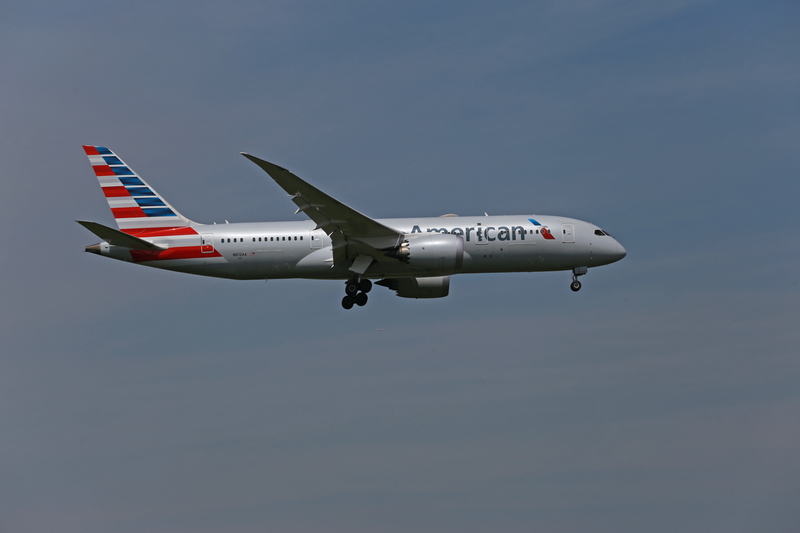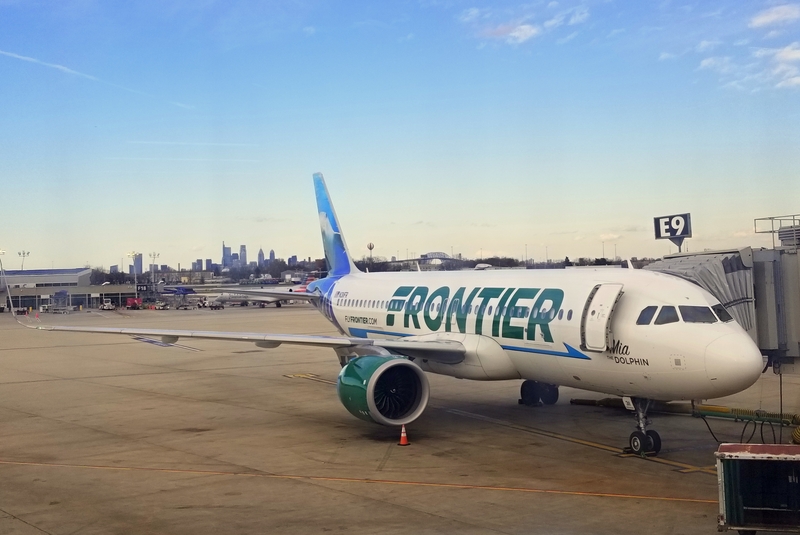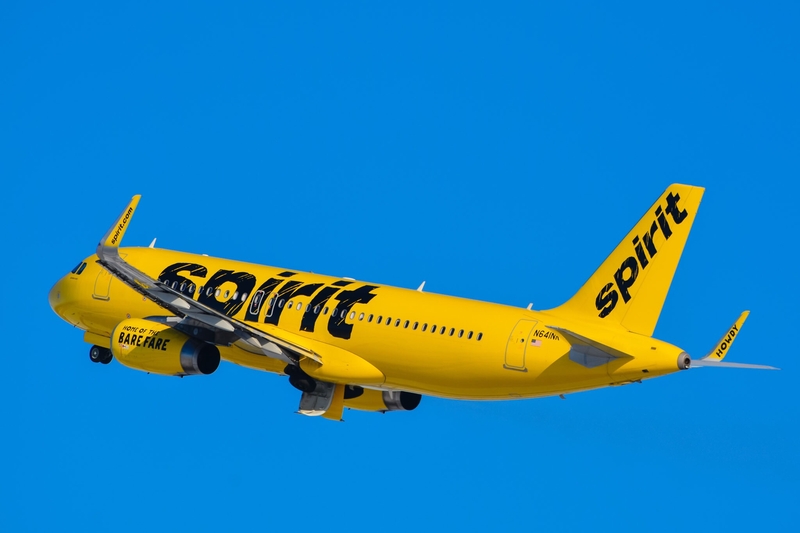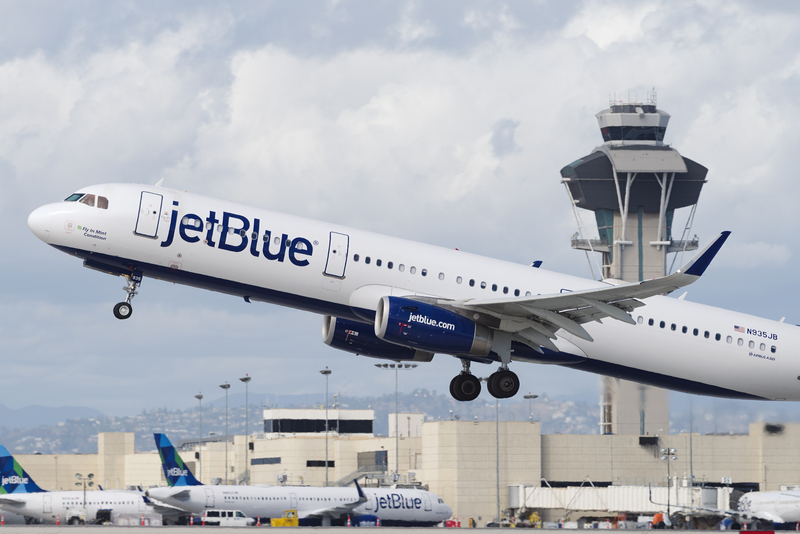American Airlines Grounds Boeing 787 Following Engine Incident Involving Cargo Container

ID 152343689 © Splosh | Dreamstime.com
American Airlines has temporarily grounded one of its Boeing 787 Dreamliner aircraft following an unusual engine incident in which a cargo container was reportedly ingested by one of the aircraft’s engines. This rare occurrence prompted the airline to conduct an immediate safety assessment and initiate a thorough investigation, with the goal of understanding how the incident occurred and ensuring that it doesn’t happen again. The airline has stated that safety is its highest priority and is cooperating closely with regulatory authorities, including the Federal Aviation Administration (FAA), as the investigation unfolds.
The incident, which took place during ground operations at an airport, did not result in any injuries to passengers or crew, as the aircraft had not yet taken off. However, the nature of the incident has raised concerns within the industry, as cargo-related accidents are typically limited to issues inside the hold rather than external interactions with engines. This grounding reflects American Airlines’ commitment to passenger and crew safety, as well as its proactive approach to investigating mechanical anomalies.
Incident Details and Immediate Response
The incident occurred while the Boeing 787 Dreamliner was being loaded with cargo at an undisclosed airport. During the loading process, one of the cargo containers inadvertently made contact with one of the aircraft’s engines and was subsequently pulled into the engine. Ground crew members and airline staff acted quickly, shutting down all operations and isolating the aircraft to prevent further damage.
American Airlines has grounded the aircraft involved and has begun a comprehensive inspection to assess the extent of any damage to the engine and surrounding components. The grounded 787 is undergoing detailed evaluations by American Airlines’ maintenance and engineering team, with support from Boeing technicians and FAA representatives to ensure a thorough examination. Following the inspection, American Airlines will decide whether to repair or replace the affected engine, pending a full evaluation of the damage.
While incidents involving foreign object ingestion are not uncommon in aviation, it is rare for cargo containers to come into contact with an engine in this way. Engines are designed to withstand ingestion of smaller objects, such as birds or small debris, but larger items like cargo containers can cause severe damage. The investigation will focus on identifying how this situation arose and whether procedural errors or equipment issues played a role.
Boeing 787 Dreamliner and Engine Safety Features
The Boeing 787 Dreamliner is known for its advanced design, efficiency, and safety features, including high-performance engines that provide fuel efficiency and reduced emissions. The grounded aircraft in this incident is equipped with General Electric GEnx engines, known for their durability and efficiency on long-haul routes. The GEnx engine has a robust design that includes measures to mitigate potential damage from minor foreign object ingestion. However, cargo containers are far beyond the typical scope of items engines are designed to handle, due to their size and weight.
While the GEnx engine features several layers of protection, including containment rings to reduce the risk of debris impacting the fuselage, the ingestion of a large cargo container could severely impact the engine’s fan blades, compressor, and other internal components. Following this incident, American Airlines and Boeing will conduct an extensive assessment of the engine’s condition and functionality before determining the appropriate repair protocol.
Engine manufacturers and airlines generally follow strict guidelines regarding engine maintenance, inspection, and handling during ground operations to prevent such incidents. This event underscores the importance of ground crew training and procedural adherence to prevent similar incidents in the future.
Potential Implications and Industry Response
American Airlines’ grounding of the affected 787 demonstrates the airline’s proactive stance on passenger and crew safety. The airline has confirmed that all other Boeing 787 Dreamliners in its fleet remain operational and that this grounding is specific to the aircraft involved in the incident. American Airlines has assured passengers booked on affected routes that they will be accommodated on other flights, minimizing travel disruptions.
This incident is likely to prompt American Airlines, and potentially other carriers, to review ground handling and loading procedures for Dreamliner aircraft, as well as to reassess cargo loading practices to prevent similar issues from arising. Ensuring that loading procedures minimize the risk of cargo containers coming into proximity with engines will be a key focus of these procedural reviews.
While foreign object damage (FOD) to engines is a recognized hazard in aviation, it typically involves smaller objects, such as stones or birds. The ingestion of a large cargo container is a rare event and may lead the FAA and industry organizations to examine safety protocols for ground operations around wide-body aircraft with large engines. Boeing may also review its safety guidance regarding ground operations near the 787’s engines, providing airlines with updated protocols if necessary.
Ongoing Investigation and Next Steps
The FAA is closely monitoring the investigation and may choose to issue guidance or recommendations based on the findings. The agency frequently collaborates with airlines and manufacturers when unusual incidents occur, sharing insights and recommendations across the industry to enhance safety standards. Boeing has dispatched a team to assist American Airlines’ maintenance crew with the inspection and damage assessment, underscoring its commitment to support airline partners and ensure the integrity of its aircraft.
The timeline for the investigation’s conclusion will depend on the extent of damage identified in the affected engine and whether any systemic issues are uncovered. American Airlines has stated that it will conduct a full internal review of ground operations and cargo handling procedures to identify potential improvements. If any gaps in safety protocols or operational processes are discovered, American will implement corrective actions to prevent recurrence.
Broader Impact on the Boeing 787 and Industry Safety Standards
The Boeing 787 Dreamliner has an excellent safety record, with its advanced design and fuel efficiency making it a favorite among long-haul carriers. The incident involving American Airlines’ Dreamliner is an isolated case, and there is no indication that the aircraft type itself was a factor. However, this unusual event may serve as a learning opportunity for airlines worldwide, highlighting the need for meticulous safety protocols around engine areas during loading and unloading.
American Airlines’ swift response and transparent handling of the situation reflect the airline’s dedication to maintaining the highest safety standards. This incident also reinforces the importance of ongoing training for ground personnel, as their actions are critical to preventing damage to aircraft during pre-flight operations.
Bottom line
The grounding of an American Airlines Boeing 787 following the ingestion of a cargo container into its engine is a rare but significant incident that underscores the importance of rigorous safety protocols during ground operations. As American Airlines works with Boeing and the FAA to conduct a detailed investigation, the airline remains committed to passenger safety and operational excellence. The findings from this investigation may lead to updated safety protocols, reinforcing best practices across the industry to prevent similar incidents in the future.





